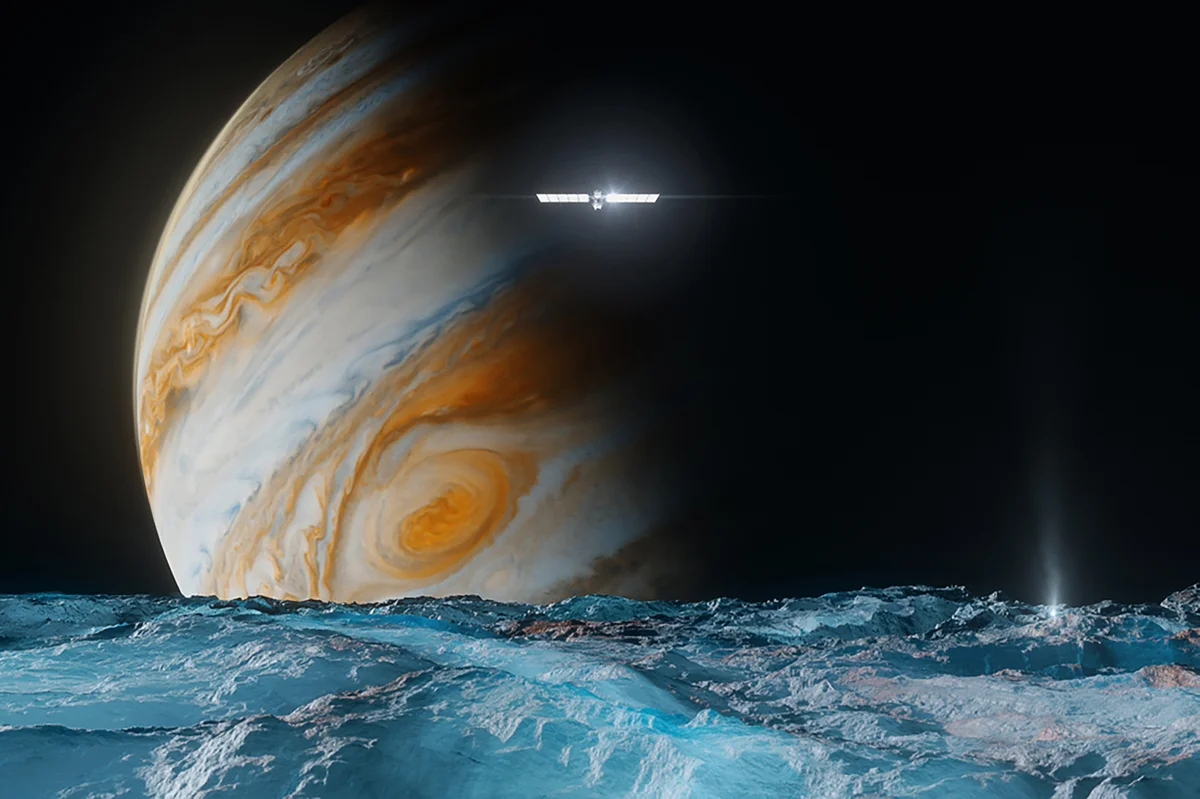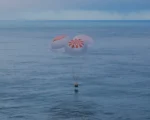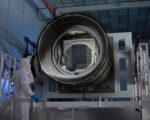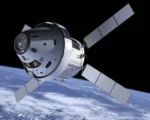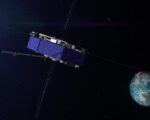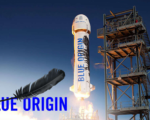NASA’s Europa Clipper Mission: A Journey to Uncover the Secrets of Europa
NASA has launched its Europa Clipper mission, a groundbreaking initiative designed to explore Europa, one of Jupiter’s most fascinating moons. Scientists are particularly intrigued by Europa due to the potential existence of a subsurface ocean beneath its thick icy crust, which may harbor conditions conducive to life. The Europa Clipper spacecraft is set to conduct 49 flybys of the moon, employing cutting-edge instruments to analyze both the surface and the ocean beneath, thereby enhancing our understanding of this enigmatic satellite.
In-Depth Surface Analysis and Organic Compound Search
One of the primary objectives of the Europa Clipper mission is to study Europa’s icy surface and determine whether it contains organic materials that may have originated from the subsurface ocean. Key instruments, such as the Mapping Imaging Spectrometer for Europa (MISE), will facilitate the identification of various surface materials. Additionally, the Europa Thermal Emission Imaging System (E-THEMIS) will help scientists pinpoint thermal hotspots, which could indicate geological activity beneath the icy shell. By searching for signs of organic compounds and gases that may escape from the moon, researchers hope to gather critical evidence about Europa’s habitability.
Investigating Europa’s Internal Structure
Beyond surface analysis, the Europa Clipper mission aims to delve into the moon’s internal structure. The Europa Clipper Magnetometer (ECM) and the Plasma Instrument for Magnetic Sounding (PIMS) will measure the induced magnetic field and electrical currents surrounding Europa. These measurements are essential for understanding the characteristics of the subsurface ocean, including its depth and salinity, as well as the thickness of the ice shell above it. This data will help scientists assess whether the conditions beneath the ice are suitable for supporting life.
Radar Technology to Reveal Hidden Environments
An essential component of the Europa Clipper mission is the Radar for Europa Assessment and Sounding to Near-surface (REASON) instrument. This advanced radar technology will enable researchers to penetrate the icy surface and explore the ocean lying below. By providing insights into the composition and structure of the ice, as well as identifying potentially habitable environments, REASON is poised to play a crucial role in our quest to understand Europa’s potential for life. As the mission unfolds, scientists anticipate that the findings will not only deepen our knowledge of Europa but also shape future explorations of icy worlds throughout our solar system


